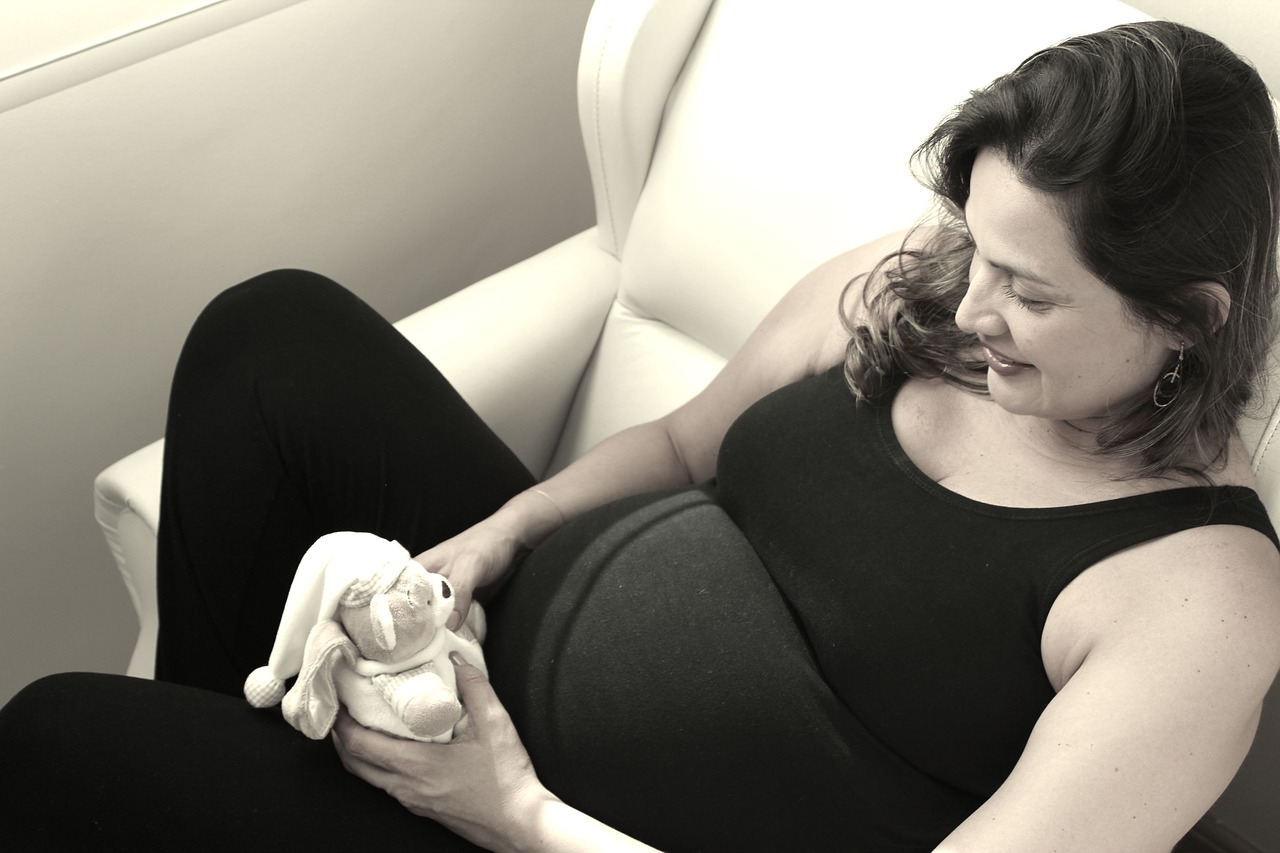Can you use acupuncture to bring on labour?
Many women choose to come for a course of 6-8 acupuncture sessions leading up to their due-date, as a way to help prepare themselves for birth. Because of this, I’ve had the pleasure of meeting and working with many pregnant women over the years, and it’s been a privilege to share a small part of such an exciting time with them.
But what happens when things take a little longer than expected to get started? In the UK, about one in every five labours are induced. A woman is considered to be 'full term' at 40 weeks, and may be encouraged to have a medical induction around 42 weeks (assuming there are no unusual circumstances). Although the final choice is down to the woman, the medical team may be quite forceful in making a case for medical induction as the risk of complications, including still birth, rises after this time. So, approaching the 42 week mark, many women understandably become anxious about their options, as medical inductions are not without risks either.
How to bring on labour?
The standard offering is a stretch and sweep, which has been shown to be effective in bringing on labour. However, this procedure can also cause discomfort, bleeding, and irregular contractions. Many women look for alternatives or ways of complementing the stretch and sweep. There are many options, including eating pineapple or curry, nipple stimulation, bouncing on a birth ball, and having sex. As far as I'm aware, none of these have much evidence to back them up. You could try sex involving nipple stimulation while bouncing on a birth ball and eating pineapple curry? Could get messy though... Click here for a nice summary of various popular methods from momlovesbest.com
Acupuncture and acupressure are also often considered when women are wondering how to encourage labour. Unfortunately, the available scientific evidence when it comes to these methods of induction is also of generally poor quality, and much more research is needed before any claims of 'proof' are made. So despite the long history of acupuncture and acupressure being used in this way, for the time being the evidence is largely anecdotal. I've had several women report back to me after 'induction' treatments who have been convinced the acupuncture kick-started their labour, but they were all beyond full-term so it's hard to draw firm conclusions.
Acupressure protocol prior to medical induction
I prefer to look at acupuncture and acupressure at this late stage (in the last 3-4 days before medical induction) more as a preparatory treatment, to help encourage as efficient a delivery as possible, however it ends up happening. Please don’t use these techniques earlier in your pregnancy.
The following points (Spleen 6, Large Intestine 4 and Bladder 60) can be stimulated every 2-3 hours, 2 minutes per point.
Spleen 6
Large Intestine 4
Bladder 60
The following points (Gallbladder 21 and Bladder 32) can be stimulated twice per day for 5 minutes per point.
Gallbladder 21
Bladder 32
For full information on how to correctly and safely use these points, see the video course below.
Other benefits of acupressure and acupuncture in pregnancy
There is evidence that these techniques might have other real benefits for pregnant women. A recent analysis of thirteen separate studies showed an average reduction in duration of the active phase of labour by over 1.3 hours with acupressure, and an increase in the chance of vaginal delivery compared to placebo/no treatment. There is also some evidence that acupuncture and acupressure may reduce pain during labour.
Another recent study investigated the use of a range of alternative measures leading up to birth, including acupressure, visualisation and relaxation, breathing, massage, yoga techniques, and facilitated partner support. I’m pleased to say the acupressure techniques were taught to the study participants via the video course I co-presented with Debra Betts (see below). The authors concluded that the ‘study protocol significantly reduced epidural use and caesarean section’.
So whether or not acupuncture and acupressure can actually induce labour, it seems they are positive and worthwhile things to be doing in the lead-up to labour. Certainly, the feedback I’ve had from patients and from people who have taken the video course would suggest the same.
I'd love to hear from you in the comments section below if you've had experiences - positive or negative, as a practitioner or a patient - using acupuncture or acupressure during pregnancy or labour.
Learn labour-specific acupressure techniques yourself
A simple and affordable way to get these potential benefits is to enrol on our video course. It’s easy to follow, it encourages partner involvement, and you can access it on any device with an internet connection. There’s also a 30 day money-back guarantee.
You will learn to:
apply simple but effective acupressure techniques to help manage pain during labour
encourage a baby to turn into the correct position
encourage contractions to re-start or become stronger
help calm the birthing woman
help reduce nausea during labour
reduce afterpains and encourage initial milk flow
help with post-natal recovery
Click here to learn more and get a 20% discount.
The same material is also available as an app for use without internet access, and even as a DVD:
iPhone app
Android app
US DVD
UK DVD




